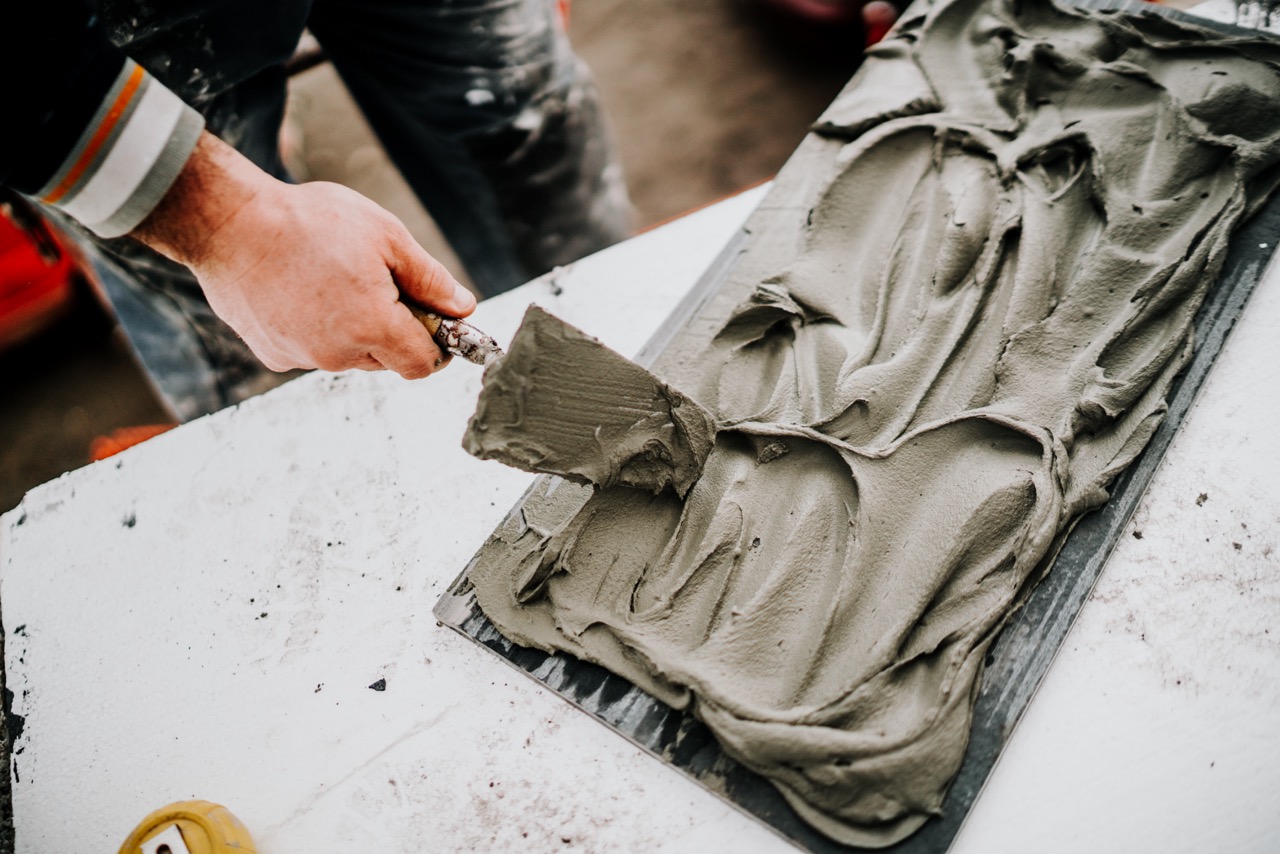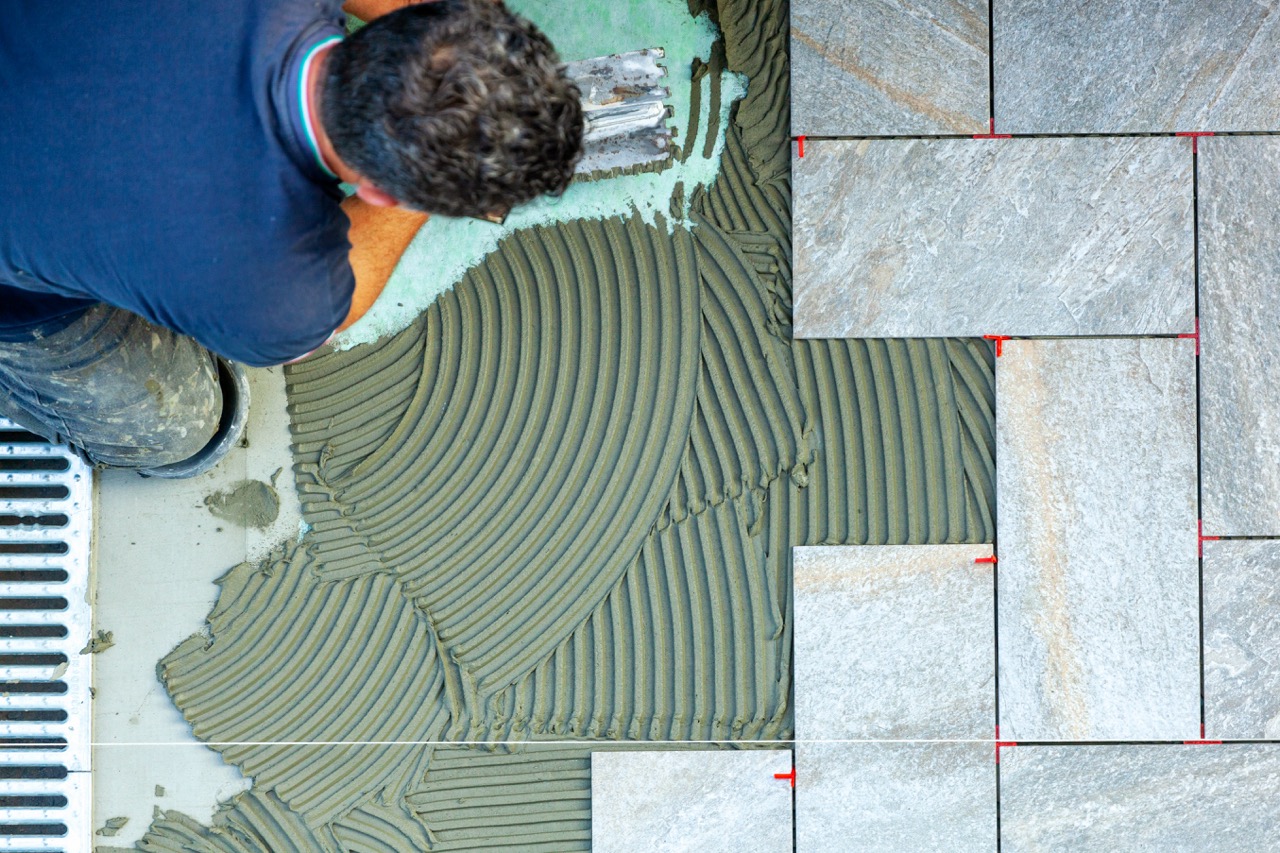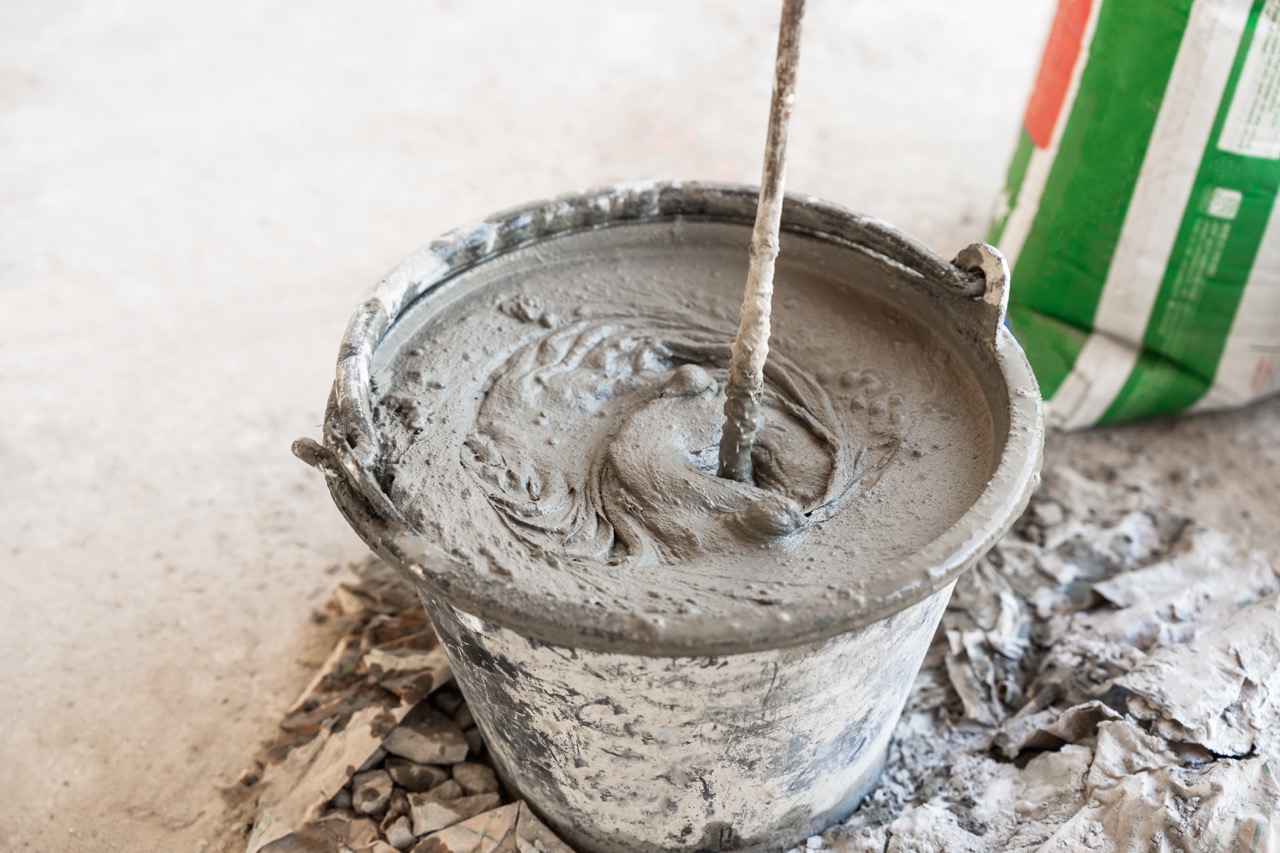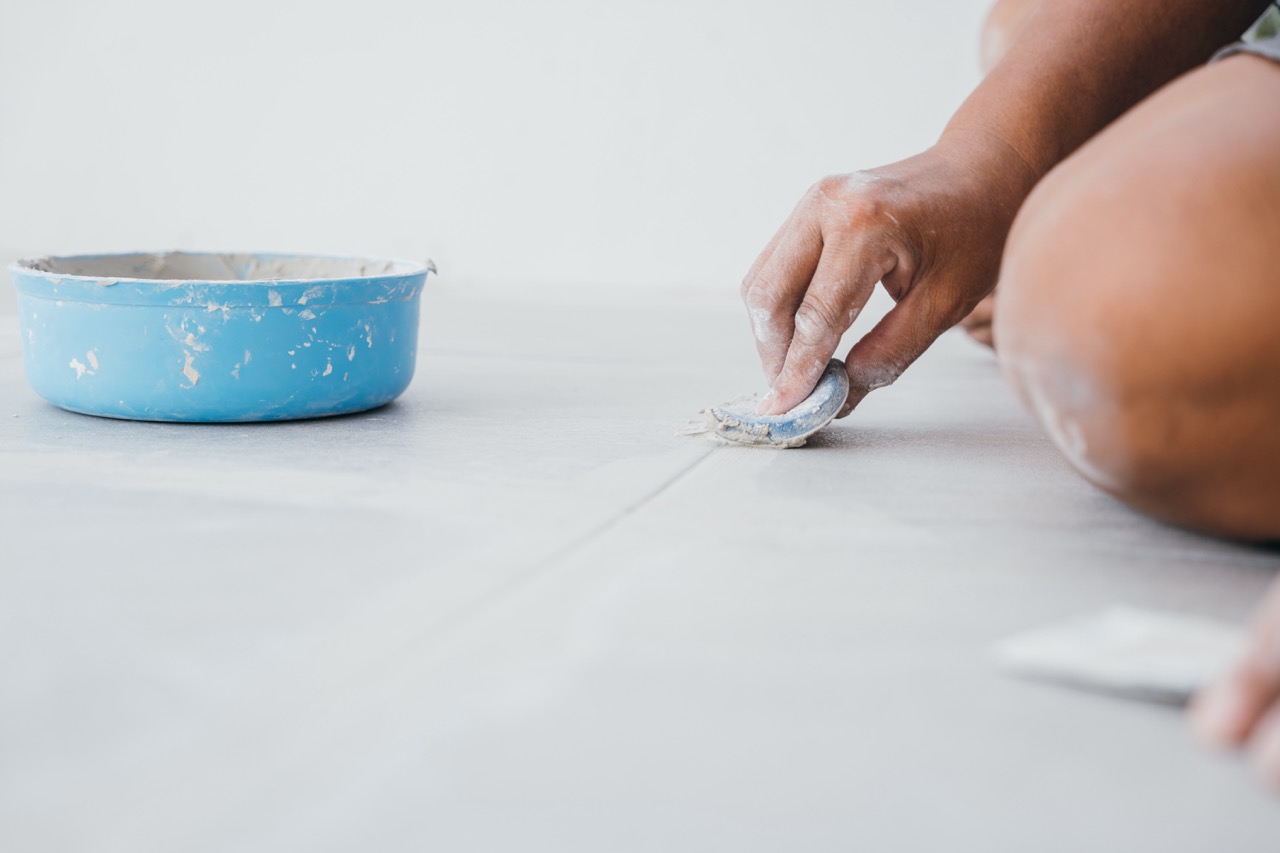When it comes to freshening up tiled surfaces, grout pens have become a popular go-to solution. They’re quick, simple to use, and can instantly brighten up a bathroom, kitchen, or floor without the need for a full re-grouting project. But before starting, one of the most common questions homeowners ask is: How much coverage can you realistically get out of a single grout pen? Understanding the answer to this can help you plan your project more effectively and budget for the right number of pens.
Understanding the Coverage Limits of a Single Grout Pen
On average, a standard grout pen is designed to cover anywhere from 5 to 15 square meters of tiled grout lines, depending on the brand and tip size. This range provides a rough guideline but does not account for the individual variations of different spaces. For example, a small kitchen backsplash with narrow grout lines may only need a single pen, while a large tiled bathroom floor could require several.
The actual design of the pen also plays a big role in determining how far it will go. Pens with broader tips deliver more product per stroke, which makes them ideal for wider grout lines, but that also means the ink runs out faster. On the other hand, ultra-fine tips use less product per application, making them last longer but requiring more time to apply. As such, choosing the correct pen size for your tile project directly impacts overall coverage.
Another limitation to keep in mind is the opacity of the color. Lighter grout colors typically require just a single application, while darker or stained grout may need two or more coats for a uniform look. Naturally, more coats mean one pen won’t cover as much ground. So, the "coverage promise" listed by manufacturers is often an ideal scenario, not necessarily what you’ll see in a real-world application.
Factors That Influence How Far One Pen Will Go
The condition of your grout is one of the biggest factors influencing coverage. Old, porous, or deeply stained grout tends to absorb more ink, which makes the pen wear out more quickly. In contrast, relatively smooth and clean grout allows the color to sit on the surface, helping the pen last longer. Preparing grout well with a good cleaning beforehand can make a noticeable difference in coverage.
Tile size is another factor that determines how many pens you’ll need. Large tiles naturally have fewer grout lines compared to small mosaic tiles. For example, a floor lined with small square tiles might require two or three times as much product as a floor of the same size made up of large-format tiles. This is because grout takes up more "real estate" between smaller tiles.
Lastly, application technique impacts how quickly the pen runs out. Using broad, heavy strokes, pressing too firmly, or going back and forth over the same section unnecessarily will waste product. A careful and steady hand ensures that you only use what you need, maximizing the coverage from each pen. By understanding how grout condition, tile size, and technique come together, you can better estimate whether a single pen will suffice or if you’ll need a few spares.
Estimating how much coverage you’ll get from one grout pen is not an exact science, but knowing the average range and the factors that influence it allows for better planning. A single pen may be enough for small touch-ups or compact tiled areas, while larger projects or heavily stained grout might call for multiple pens. Preparing your grout and choosing the right pen can also help maximize usage. In the end, with a little planning and realistic expectations, grout pens remain a cost-effective and convenient way to revive the look of your tiles without a major renovation.








